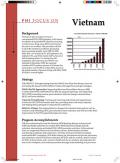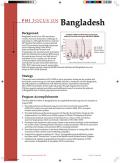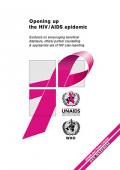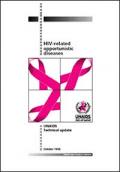Publications on People Living With HIV (PLHIV)
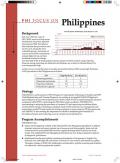
Resource | Fact Sheets,
Just over 1,500 new cases of HIV/AIDS, most involving sexual transmission, have been reported since January 1984. Surveillance data indicates that prevalence rates are low even among the most vulnerable groups. Awareness of ways to prevent HIV transmission remains high, but has not been translated to behavior change.
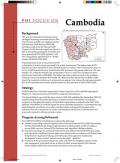
Resource | Fact Sheets,
HIV was first detected in Cambodia during serological screening of donated blood in 1991. The first cases of AIDS were diagnosed in late 1993 and early 1994. Between 1995-1998, surveillance data from the National AIDS Program (NAP), showed a significant spread of HIV in several key populations.
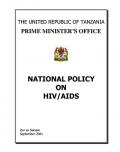
Resource | Publications,
HIV/AIDS is a major development crisis that affects all sectors. During the last two decades the HIV/AIDS epidemic has spread relentlessly affecting people in all walks of life and decimating the most productive segments of the population particularly women and men between the ages of 20 and 49 years.
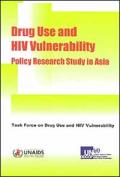
Resource | Publications,
Drug use and HIV vulnerability remain issues of great concern for many countries in Asia and the Pacific because surveys indicate that in some geographical areas more than sixty per cent of all injecting drug users are HIV- positive. In several Asian countries, injecting drug users represent the largest group of those who are HIV-positive.






